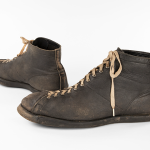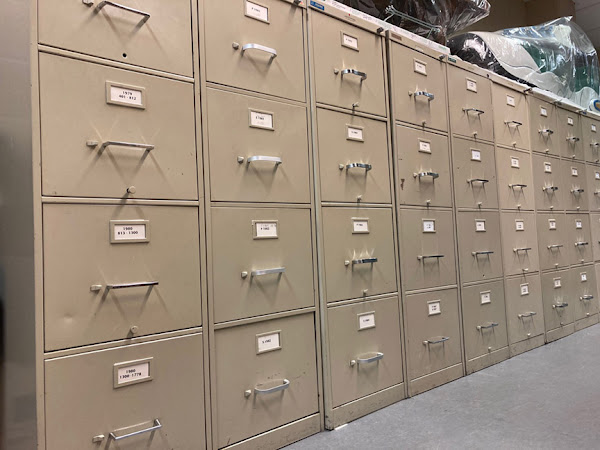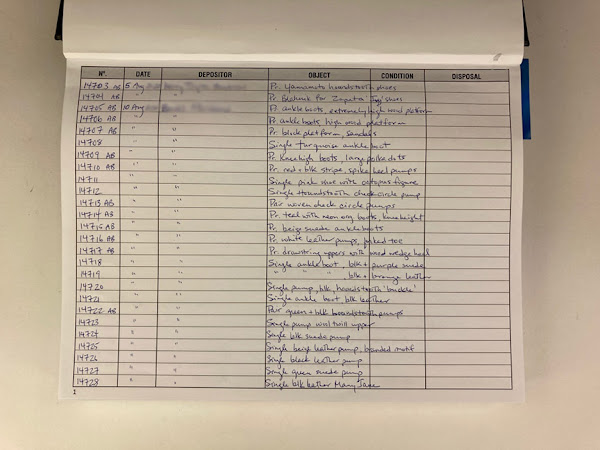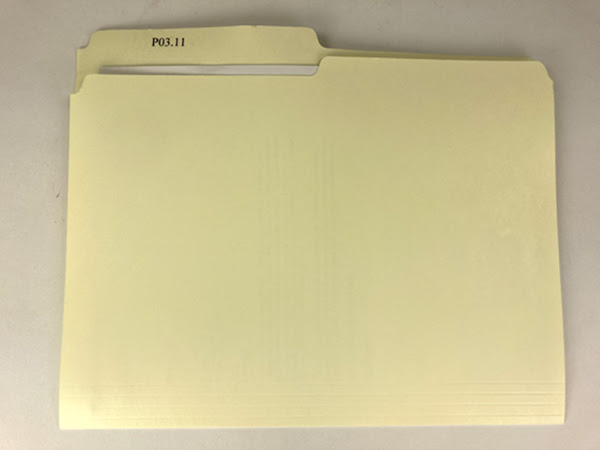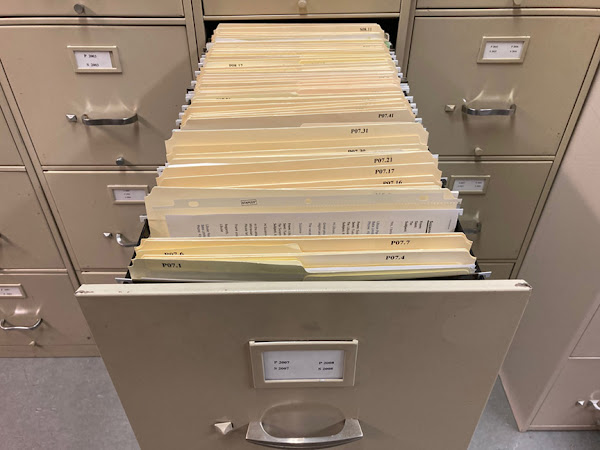So what does that mean, ‘disposition’? If you’ve been following this blog series on collections management, you know the first steps we take to bring a new item into the artefact collection. After unpacking and handling the item with trained hands, inspecting its condition and assigning a registration number, the item is ready for the next step: to be reviewed for its suitability for acquisition. This is a step that the curatorial team has responsibility for. The curators, the conservator and the collections manager each state their case as to how well the item adds to our current holdings, how well we are equipped to care for the item and whether we have the space to store it. By answering these questions collectively, we decide the ‘disposition’ of the item. Disposition means to transfer the care, possession, and ownership to another person or institution. If the curatorial team decides to add an item to the collection, the next step is to complete paperwork which will transfer ownership of the item to the museum.
In the case that the item under review is not added to the collection, the item is returned to its owner. If the item is to be added to the collection, then disposition occurs. The paperwork that legally documents the gift of an item to the collection is called the gift agreement or deed of gift. Signed by the person donating the item, the deed transfers ownership to the museum.
Once the decision is made to acquire the item, formal records are collected. The deed of gift is the first of these records and next will be the information collected at the stage of registration as described in the first blog of this series. These include the date received, source of acquisition and a brief, concise description. More information is added next, including shipping and customs documents, and all information from the donor such as the origins of the item, age, date of creation, artist/maker, related documentation like photographs and family histories. All of this information goes into an accessions file, which can be a physical file or a digital file, although most often, the accession file takes both forms. Keeping both formats, physical and digital, is excellent as one is a backup of the other.
Suzanne Petersen, Collections Manager


